What to Look For When Buying a Used Car?
When buying a used car, it is essential to test drive and have it professionally inspected. This ensures that the vehicle is everything it claims to be and will provide you with a comfortable ride.
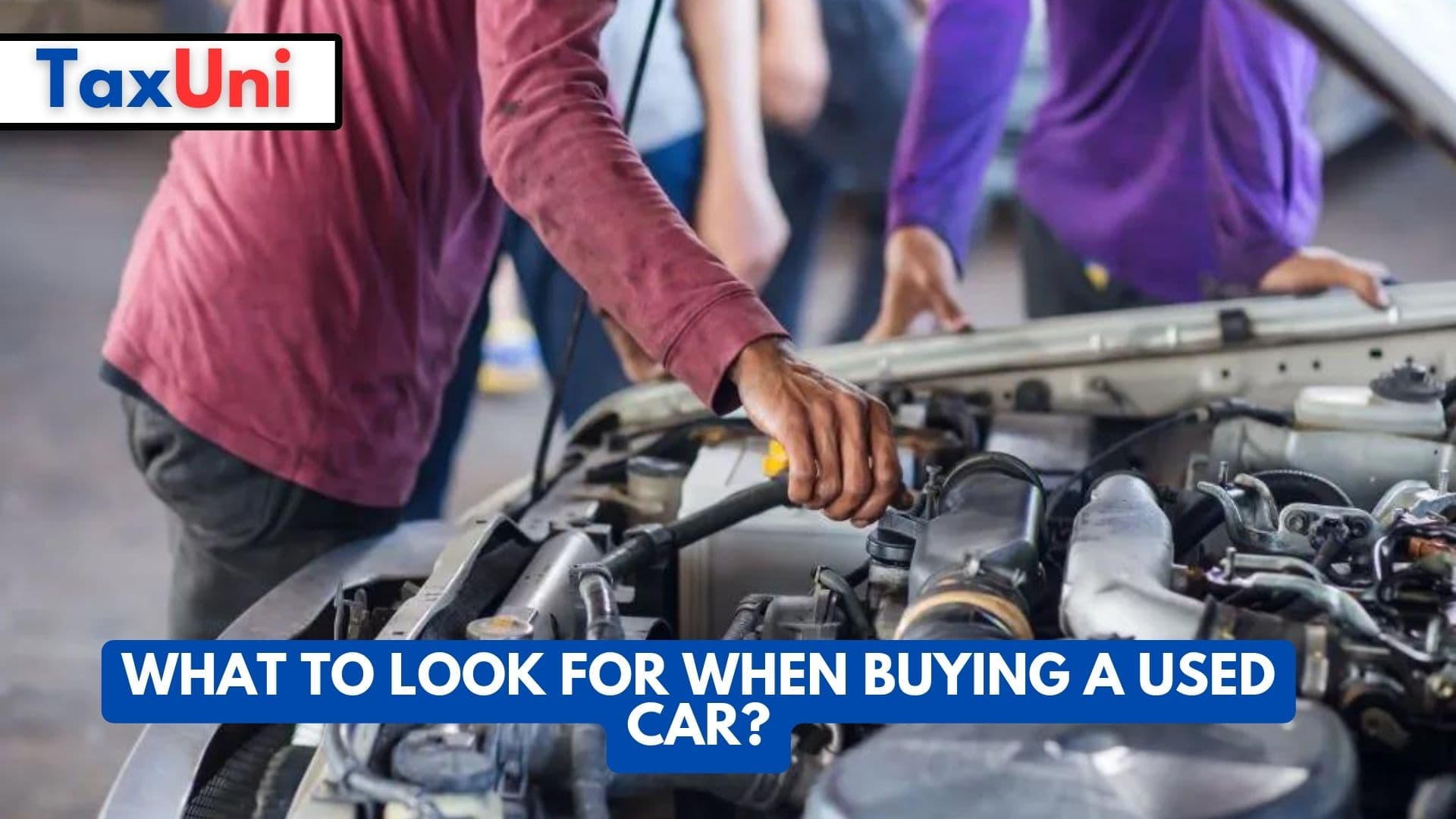
Think of a used car as a complex puzzle with hidden pieces. Every car has a history, and it’s your responsibility to uncover it. A lack of due diligence can lead to costly repairs, safety concerns, and an overall disappointing ownership experience. Therefore, approaching a used car purchase with a healthy dose of caution and thorough research is crucial. By taking the time to understand the car’s history, performing detailed inspections, and seeking expert advice, you can increase your chances of finding a reliable and safe vehicle that fits your budget and needs. Remember, a little effort upfront can save you from significant headaches and expenses down the road. Here’s why being careful matters:
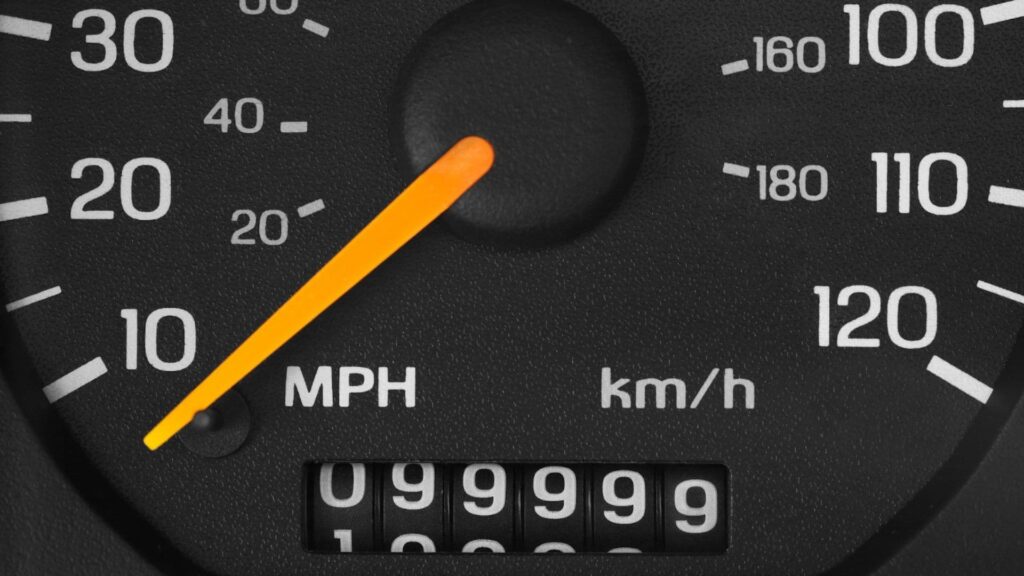
Check the Odometer
When buying a used car, the odometer is one of the most important things to look at. If the mileage seems suspiciously low, having a professional mechanic examine the vehicle is a good idea. A dealer should have no problem with this, but if the seller is unwilling, that’s a red flag.
It’s also a good idea to ask the owner or salesperson why the mileage is so low. If they’re able to provide an explanation that makes sense, it’s likely a legitimate reason. However, if they give an explanation that sounds fishy, it may be a sign that the car has been driven hard or has been serviced poorly.
It’s also a good idea to take the car on a test drive and check it over for scratches, dents, and rust. While some of these are normal, a large amount of them should be a warning sign. It’s also a good idea to see what the car is like in a variety of conditions, such as highway driving and city traffic.
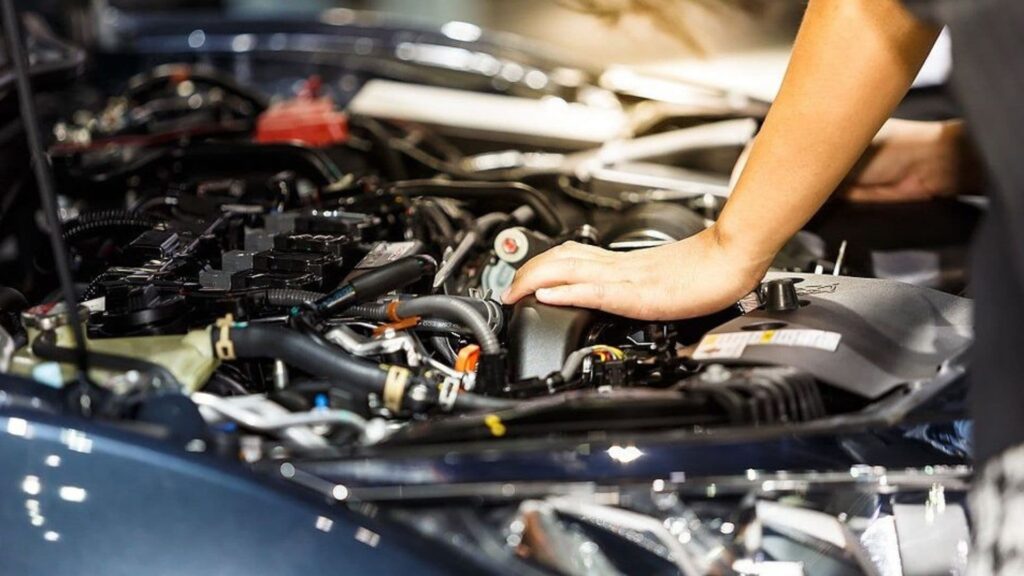
Check the Engine
Whether you’re dealing with a dealership or a private seller, make sure to ask about the car’s history. A vehicle history report will reveal more about a used car than just its accident and theft records, such as how many times it has changed owners in the past few years.
Ask the owner about maintenance routines and what repairs he or she has done to the car. Be skeptical if the owner can’t produce receipts or gives evasive answers. If a car is selling for far below its Kelley Blue Book value, that could indicate problems that the owner isn’t revealing.
Inspect the engine and transmission for signs of trouble, such as oil drips or a smell of burning plastic. Look under the car for rust and paint chips, and check that all the doors, trunk, and hood open and close smoothly and easily. Also, run the air conditioning and heater to see how well they work. Lastly, use the sniff test to see if the interior has an unpleasant odor or damp spots on the floor mats or carpeting that may indicate water damage.
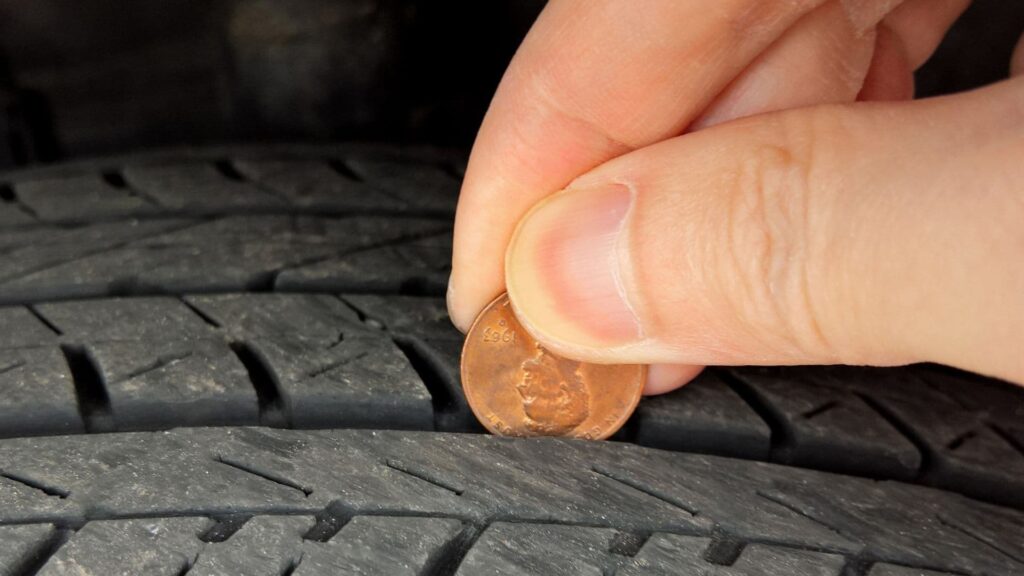
Check the Tires
Inspecting used tires carefully is a good idea, as they can be a telltale sign of how the car was cared for. Look for signs of deterioration, such as bubbles in the sidewall, patches, and holes. Also, note if the tire tread is nearing the legal limit for wear.
If you see that a used car has different brands of tires on its wheels, this could be a sign of poor maintenance. Also, if the tires are very worn, they won’t provide sufficient traction for safe driving.
Ask the seller what they know about the tires. You can also run the vehicle identification number through a paid service to find out how many previous owners it has had, if there are any accidents or liens on the car and if any recalls have been issued for that car model.
A thorough inspection of a used vehicle includes looking at the outside for body damage, rust, and dents, as well as the interior for strange smells or fading in upholstery and functionality of controls. If you have any doubts, take the car to a trusted mechanic for a more detailed analysis.
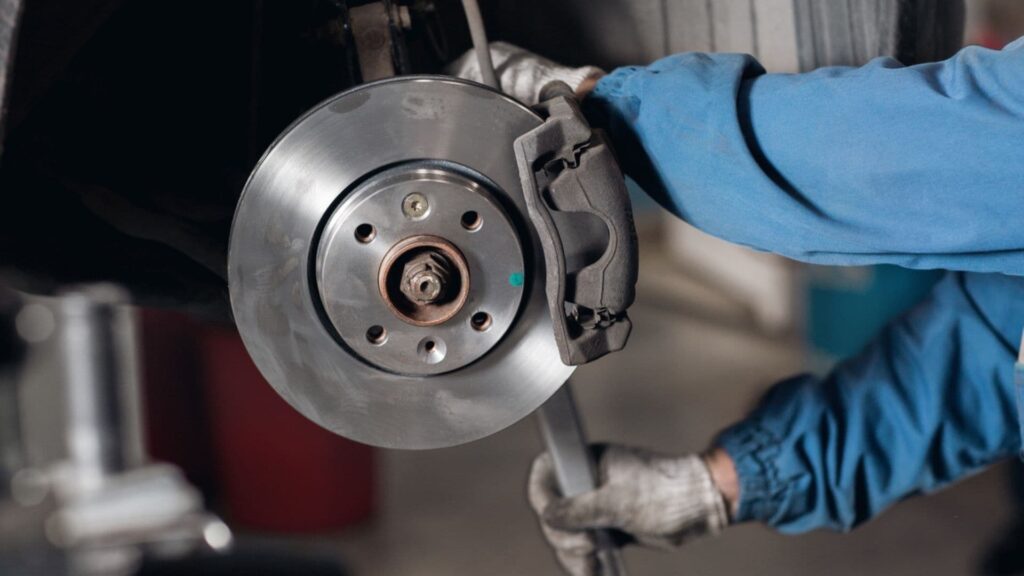
Check the Brakes
A car that’s driven a lot will have more wear and tear on its brakes than one with few miles. During the test drive, press on the brakes hard to see how well they work (a sudden bouncing indicates a problem). Check the tires for bulges and cracking. Make sure the spare tire is in good shape, and the jack and lug wrench are present.
A professional used car inspection can help you avoid buying a lemon. If the dealer or private seller is reluctant to let you bring in a mechanic, that’s a red flag. Dealerships usually allow independent inspections and will release the car after you show identification.
A test drive is a must when shopping for a used car. Plan a route that includes some rough roads to test the car’s handling, acceleration, and braking. If the salesperson promises that a car will run smoothly, ask them to put it through its paces on a nearby highway to see how it drives at a higher speed. Also, take it around town to see how it maneuvers in tight spots and handles bumps and potholes.
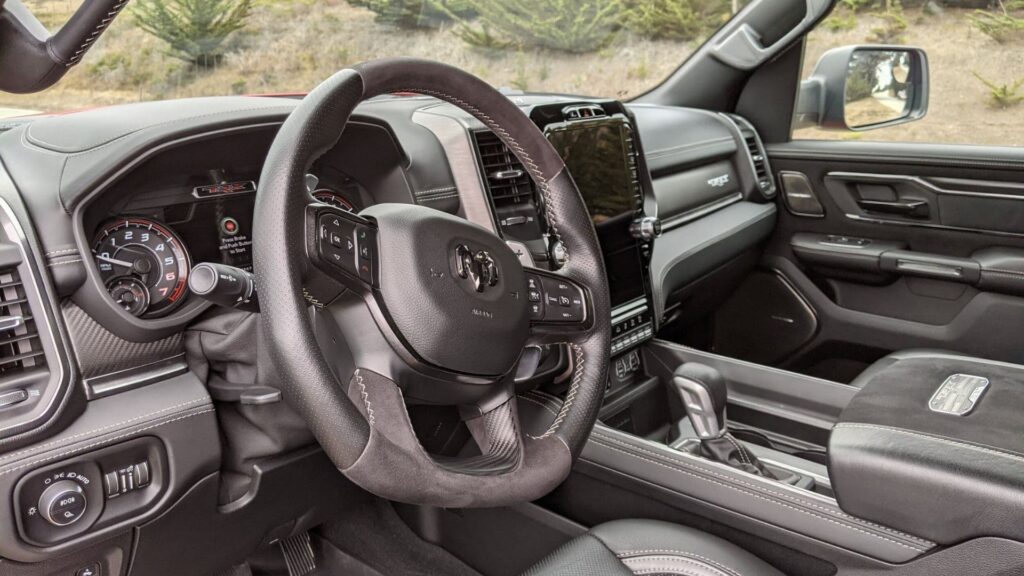
Check the Interior
When looking at a used car, appearances can be deceiving. While a small amount of dents or scratches is expected, a lot can indicate serious problems with the vehicle. Ask the seller how many owners the car has had and how long they owned it.
It’s also important to walk around the outside of the car in daylight and look at it carefully. Make sure the paint and vinyl are in good condition, and look for signs of collision damage or rust. Make sure the headlights and tail lights work, as well as the interior light and all controls.
While it may seem intimidating, pop the hood and visually inspect the engine for signs of fluid leaks, corrosion, or cracked hoses or belts. Also, check the oil and transmission dipsticks for discoloration — oil should be light brown, and transmission fluid should be red or pink. If the dealer offers warranties on vehicles, be sure to find out what they cover and how long they last. A longer warranty is a better investment in the long run.





